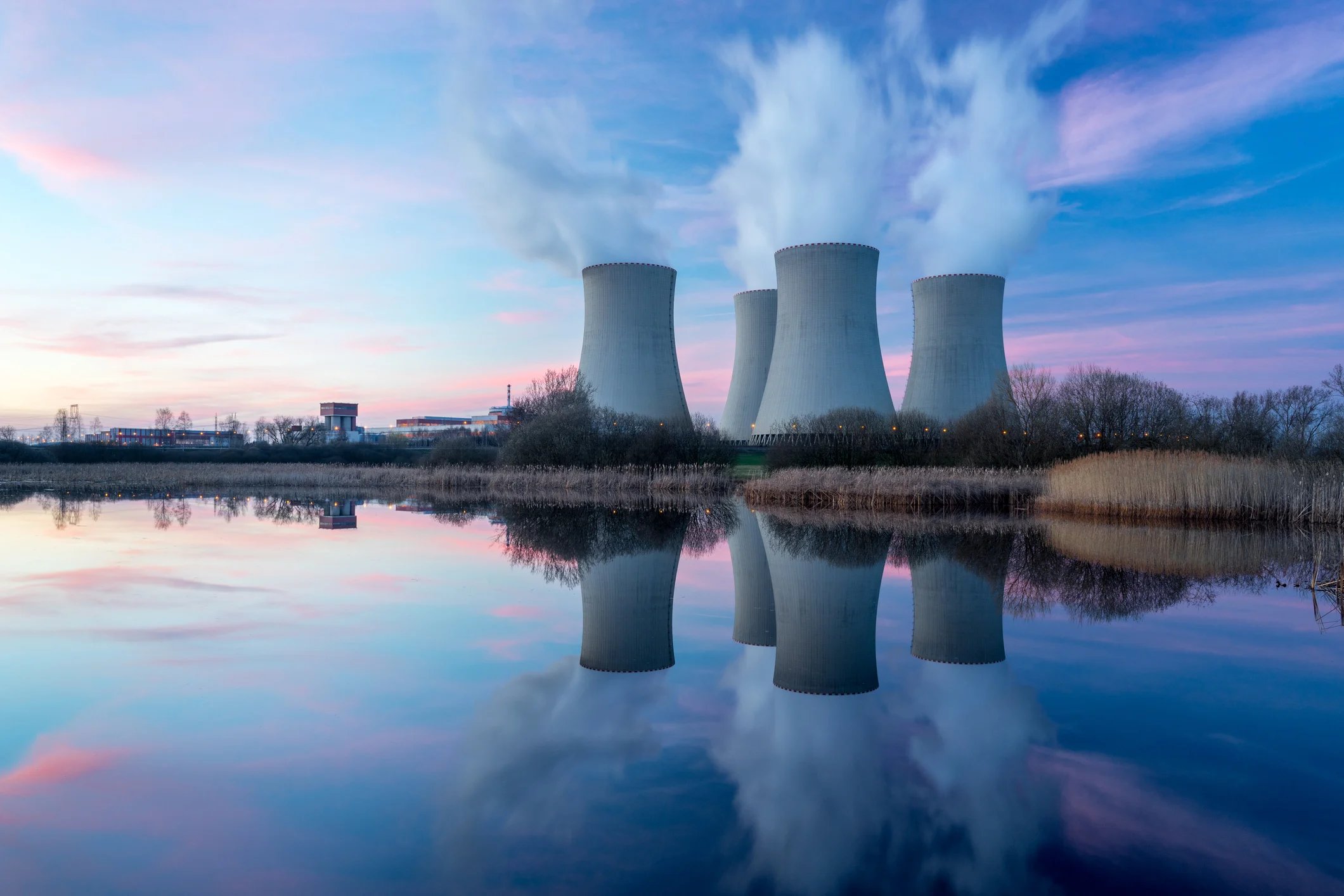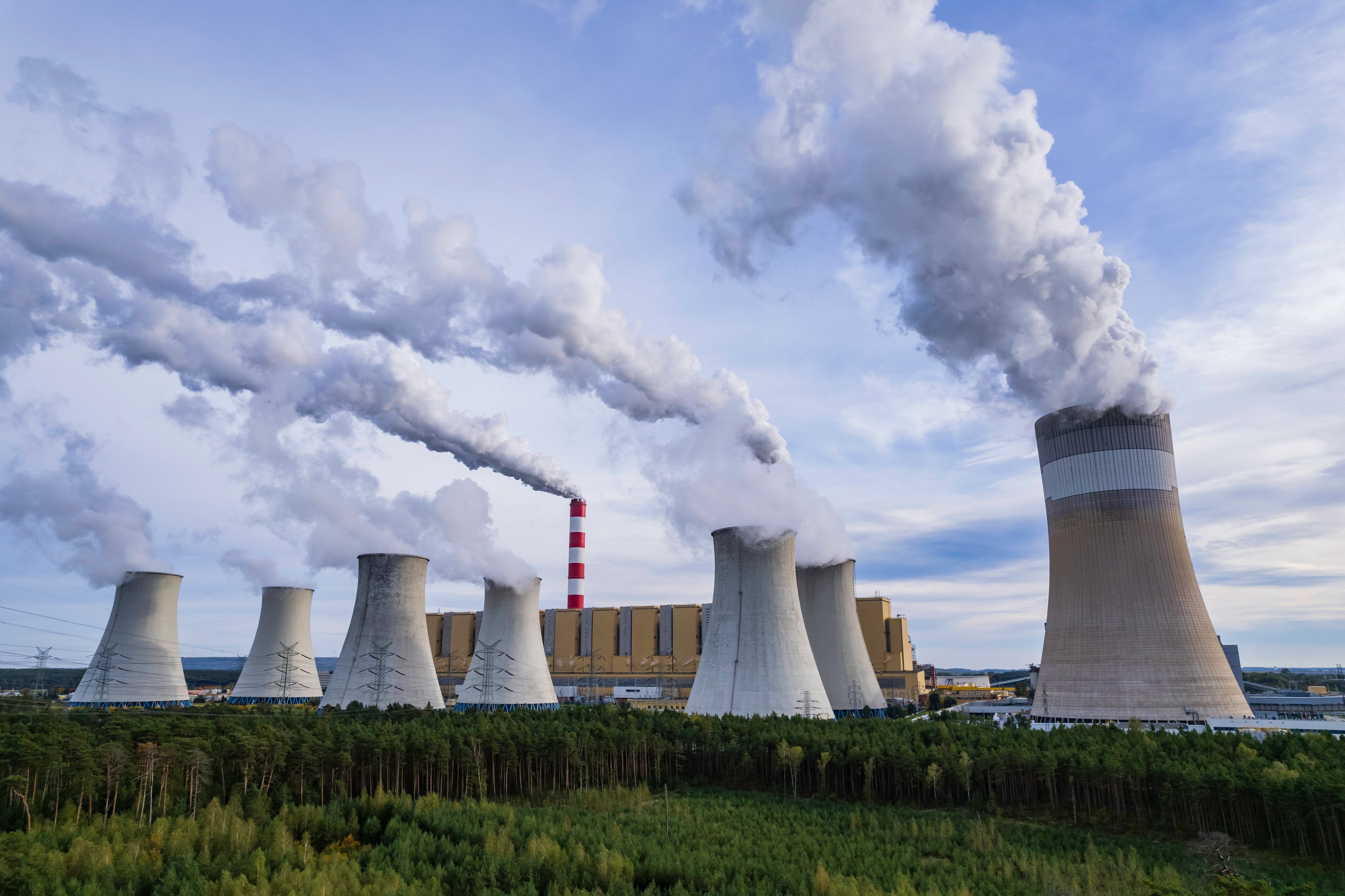Uranium stocks may not have had a great 2017, but industry sentiments turned increasingly bullish as the year drew to a close. With the world's largest uranium miners striving to revive the beleaguered industry, they may have already averted a price meltdown by providing uranium prices a floor last year.
Investors in uranium stocks, therefore, have valid reasons to remain hopeful, and there's a fair chance that a stock like Cameco Corp (CCJ 0.55%) could see a better year ahead after tumbling double digits last year. While the smaller players like NexGen Energy (NXE +0.93%) and Denison Mines (DNN 0.41%) had relatively stronger run-ups last year, a recovering uranium market in 2018 could fuel further interest in the stocks.
Here are the three things investors in uranium stocks need to watch for in 2018.
Will the uranium supply glut ease as expected?
Tumbling uranium prices have proved to be the biggest roadblock for uranium producers in the last couple of years. The culprit: rising uranium supply and dwindling demand.
After uranium prices dipped below $20 per pound last year, leading uranium manufacturers swung to action in a desperate attempt to provide some support to prices. In November, Cameco announced a temporary suspension of operations at its McArthur River mine and Key Lake milling operations in Saskatchewan, Canada. McArthur is the world's largest uranium-producing mine, accounting for 11% of the global uranium production in 2016. A few weeks later, Kazatomprom, Kazakhstan's state-owned uranium producer, announced plans to cut output by as much as 20% in the next three years.

Uranium prices are expected to recover in 2018. Image source: Getty Images.
One view is that Kazatomprom is planning to list in London this year, and higher uranium prices are conducive to the success of its initial public offering. Whatever the reason, production cuts are a significant development as Cameco and Kazatomprom are the two largest uranium manufacturers in the world, accounting for nearly 38% of the global uranium supply. Denison Mines CEO David Cates called Kazakhstan's decision to slash production by 20% a "key turning point" and believes it "will have a decisive impact in tightening the market."
That's just what investors in uranium want right now, which explains why the news sent uranium stocks soaring. Investors should track all developments on that front, as easing the supply is a logical first step to bringing the uranium markets back to life. The next is the re-entry of qualified contract buyers of uranium, which depends on a great deal on the health of the nuclear power industry.
The number to watch: Nuclear reactors
At the beginning of the decade, uranium was touted to be one of the hottest trends to invest in as nations across the globe, led by Japan, were stepping up nuclear power generation. A deadly tsunami, followed by one of the worst nuclear disasters in Fukushima Daiichi that led to the closure of all of Japan's nuclear reactors, blew up the uranium industry's plans. Japan's reactors are shut to date, and views about nuclear energy are mixed.
Things, however, could be gradually looking up as some countries are planning to build nuclear reactors. To give you some examples:
- Japan intends to generate one-fifth of its electricity requirements through nuclear energy by 2030, which may require 25 to 30 running reactors.
- Saudi Arabia is planning to construct 16 nuclear power reactors over the next two decades.
- China has 20 nuclear reactors under construction.
- India intends to generate 25% of its electricity from nuclear power by 2025, has six reactors under construction and several in the pipeline.
The bottom line is that the nuclear power industry is far from dead. As CEO of NexGen Energy, Leigh Curyer, said to CNBC last year, "A lot of countries are recognizing that nuclear power is the base load supply of electricity that is emissions-free."

The key to the uranium industry's recovery lies in nuclear reactor restarts. Image source: Getty Images.
The key to the industry's revival, however, still largely lies in Japan's hands, so investors should keep an eye on updates from the nation. With Japan's nuclear regulator recently giving Tokyo Electric Power, or TEPCO, the go-ahead to restart two reactors at the world's largest nuclear power plant, Kashiwazaki-Kariwa, there's hope for uranium manufacturers.
Here, investors in Cameco may recall that TEPCO is the same company that abruptly terminated a long-term supply contract with the company last year. While it was a big blow to Cameco, the uranium miner isn't losing hope and is taking proactive steps as it prepares for a recovery -- a trend that investors should expect to continue in 2018.
Agility and flexibility: The need of the hour
Cost-cutting is one trend that I expect will continue to play out in the uranium industry in 2018 as there's only so much Cameco and others can do to influence demand and supply. A viable option is to stop mining uranium at steep losses and cut costs wherever possible.
Cameco's decision to scale down production is a step in the right direction. By doing so, the miner can reduce operating expenses while drawing down on inventory to boost cash flows. Cameco took another bold step in 2017: slashing dividends, for the first time since the Fukushima disaster, by 80%. Again, that may hurt investors in the short run, but it's the right step to prevent cash burn. I wouldn't be surprised to see Cameco tighten its purse strings further this year.
The Foolish bottom line
Uranium prices appear to be stabilizing. If global manufacturers can continue to tighten supply, 2018 could give uranium stocks a much-needed breather and even mark the industry's turnaround.








